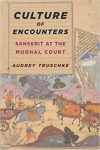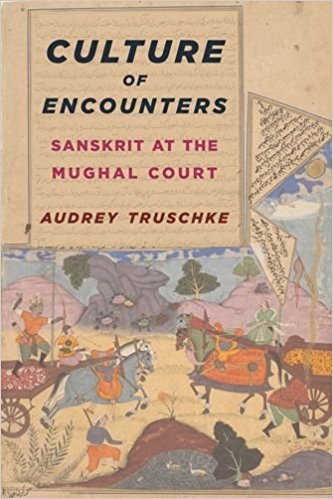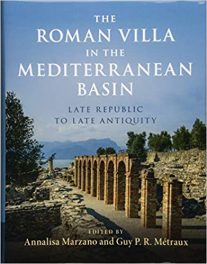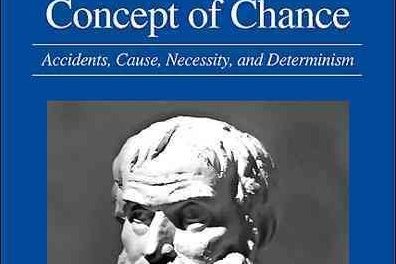 Author: Audrey Truschke
Author: Audrey Truschke
Publisher: Columbia University Press – 362 pages
Book Review by: Paiso Jamakar
In today’s world, the ability of politicians to correctly gauge the broad thinking of voters, particularly what are the most pressing problems in their lives, and effectively conveying their message of how they will solve those problems, is crucial to getting elected and reelected.
Did the election of Donald Trump as the 45th President of the United States catch most people by surprise? I think so. Did it shock supporters of Hillary Clinton? From listening to news on major television stations and reading the headlines of major U.S. newspapers during after the votes were counted, this was obvious.
As the strong relationship between politics and mass media is very clear these days, during the Mughal Empire in India (which by most accounts lasted about three and a half centuries, from 1526 to 1856, though not all historians agree) there was some sort of similar relationship between the rulers and the public – their subjects – with the messages of culture and traditions being conveyed through writers of literature, states Audrey Truschke, the author of this book.
She writes: “This is a book on culture, literature, and power. More specifically, it is about how power works in relationship to literature, about how poets and writers participate in politically-fueled cross-cultural movements, and the elusive dynamics of cultural traditions. The case study is why and how the Mughals – one of the most impressive imperial powers of the pre-colonial world – engaged with Sanskrit texts, intellectuals and ideas, and how Sanskrit intellectuals – some of the most sophisticated thinkers and poets of the pre-colonial world – responded and participated in this demand for Indian stories, practices, and philosophies.”
“This book has been a decade in the making,” writes Truschke. To give you a broad overview of the contents, we list below the titles of its chapters sandwiched between an Introduction informing us how the Mughals maintained their power and a Conclusion that informs us of the basic components of that power.
Introduction: The Mughal Culture of Power
- Brahman and Jain Sanskrit Intellectuals at the Mughal Court
- Sanskrit Textual Production for the Mughals
- Many Persian Mahabharatas for Akbar
- Abo Al Fazi Redefines Islamicate Knowledge and Akbar’s Sovereignty
- Writing About the Mughal World in Sanskrit
- Incorporating Sanskrit Into the Persianate World
Conclusion: Power, Literature, and Early Modernity
The Persian-speaking Mughals who came from northwest Asia to conquer and rule over the Sanskrit-speaking Indian elites (intellectuals and scholars) first, and then the polyglot masses, had a challenging task ahead in understanding the many facets of culture and traditions that existed in 16th century India.
Much literature exists about the Mughal Empire from the perspective of political history, but not much from the perspective of culture, language and tradition, so this is a pioneering work. Audrey Truschke has done an excellent job shedding light on that aspect of the Mughal period in Indian history. I highly recommend this book to all those seeking a deeper understanding of the nature of the early relationship between the Mughal rulers and the local elites.
Author:
Audrey Truschke is assistant professor of South Asian history at Rutgers University-Newark and Mellon doctoral fellow in the Department of Religious Studies at Stanford University. She writes azbout cultural and intellectual history, the relationship between empire and literature, and cross-cultural interactions in early modern South Asia.







